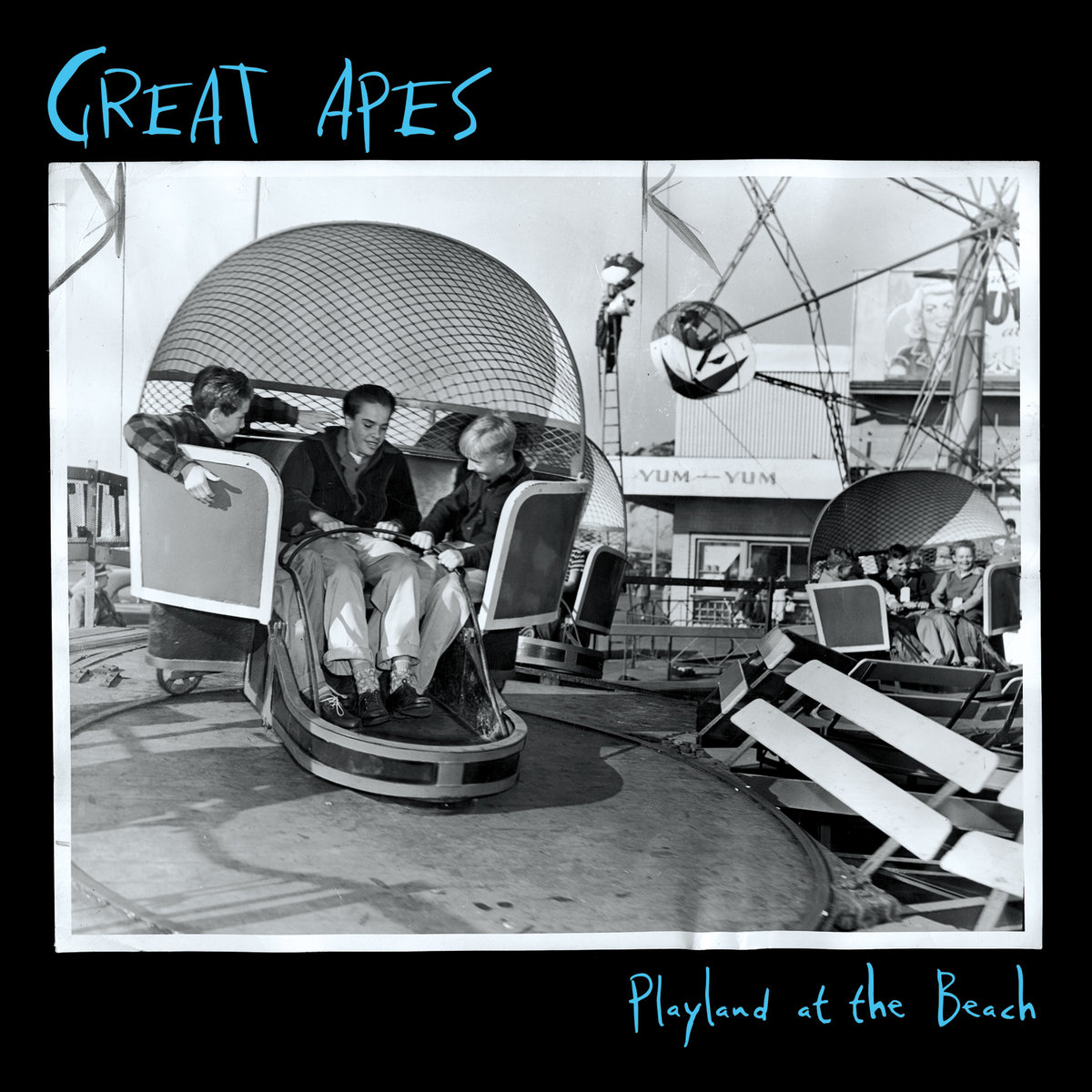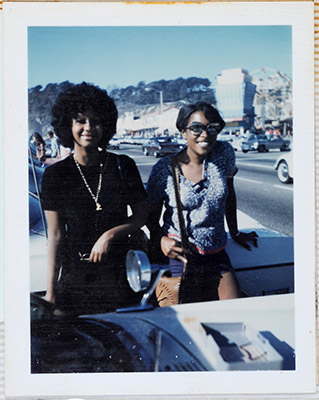
In 2014, the San Francisco punk band Great Apes released their latest EP called “Playland at the Beach” with one of the more well-known Bay Area indie labels, Asian Man Records. You can listen to and buy the record here. The album is about the city’s history, politics and culture and each song on “Playland” references specific SF landmarks. “There’s a lot here about growth, alteration, corruption, demise, and new beginnings,” the EP’s official description explains. That description is telling, particularly the word “demise” since the EP takes its name from a now-defunct amusement park that occupied the northern portion of Ocean Beach from the 1920s to 1972. The EP cover seen here, in fact, is a photo from 1949, from the sixth annual Playland-at-the-Beach Day of Days for boys club members.

Carousels and roller coasters started to appear beachside in this area of San Francisco in the 1910s, but it wasn’t until 1926 that George Whitney began buying up and consolidating these attractions into an amusement park that he called “Playland at the Beach.” The park was a popular destination in San Francisco and saw several expansions and acquisitions during Whitney’s ownership until it closed in 1972. Peter Hartlaub of the San Francisco Chronicle writes, “If you were born in the 1970s or later, the legend of Playland-at-the-Beach is one of joy and fun and a working-class San Francisco that newer generations never got a chance to experience.” But the park’s final years, as Hartlaub and others who have written about this history argue, were more desolate and “haunting.” Plenty of photos from the park’s last years corroborate this story, but the SFPL’s historical photograph collection reveals other realities too. Above is a photo gifted to the Shades of Bayview collection at the SFPL History Center. It is dated 1971 and bears a simple caption: “Melba and Carol at Playland.”